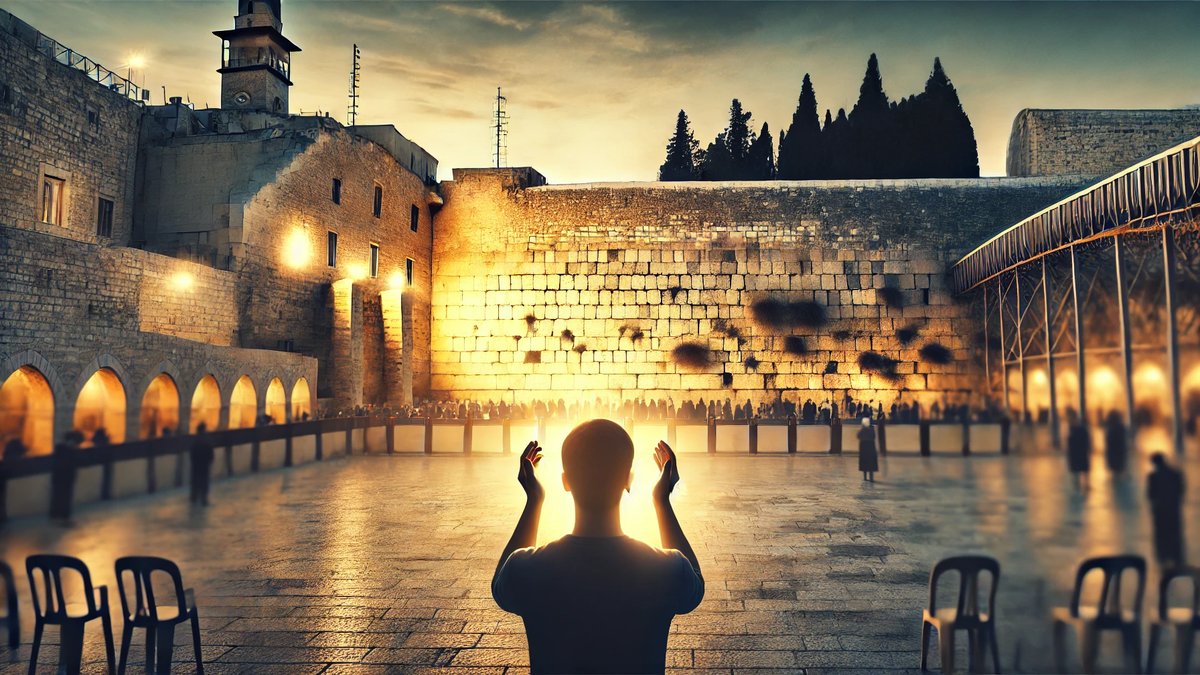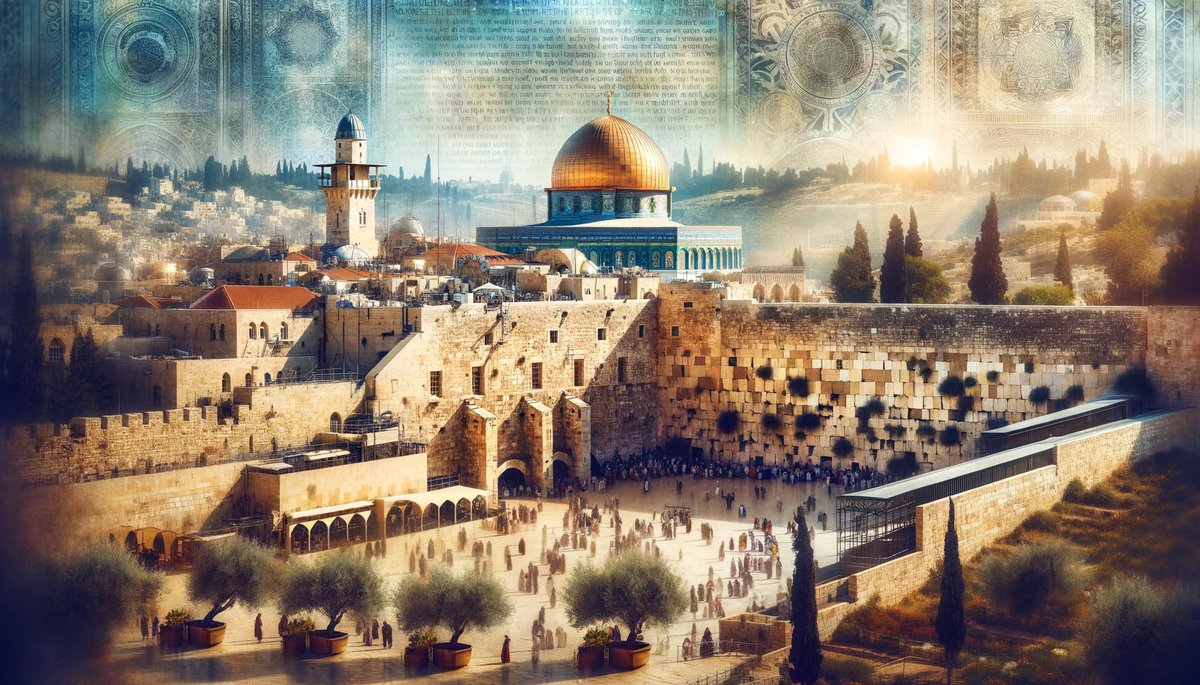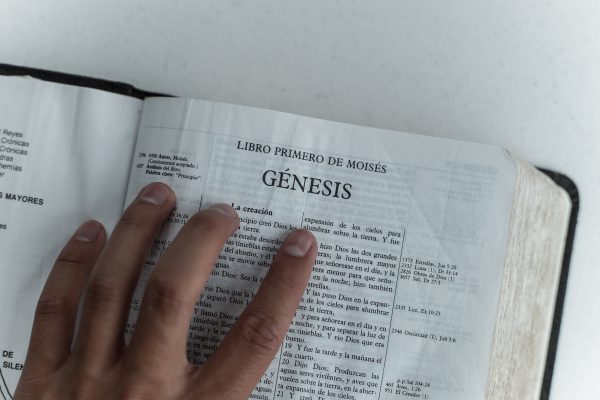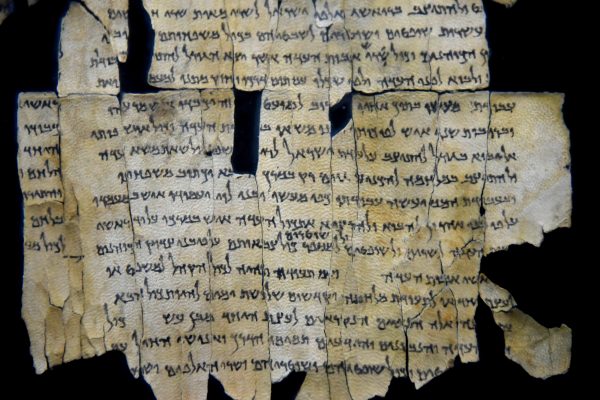Home>Christian Resources>Biblical Landmarks In Israel
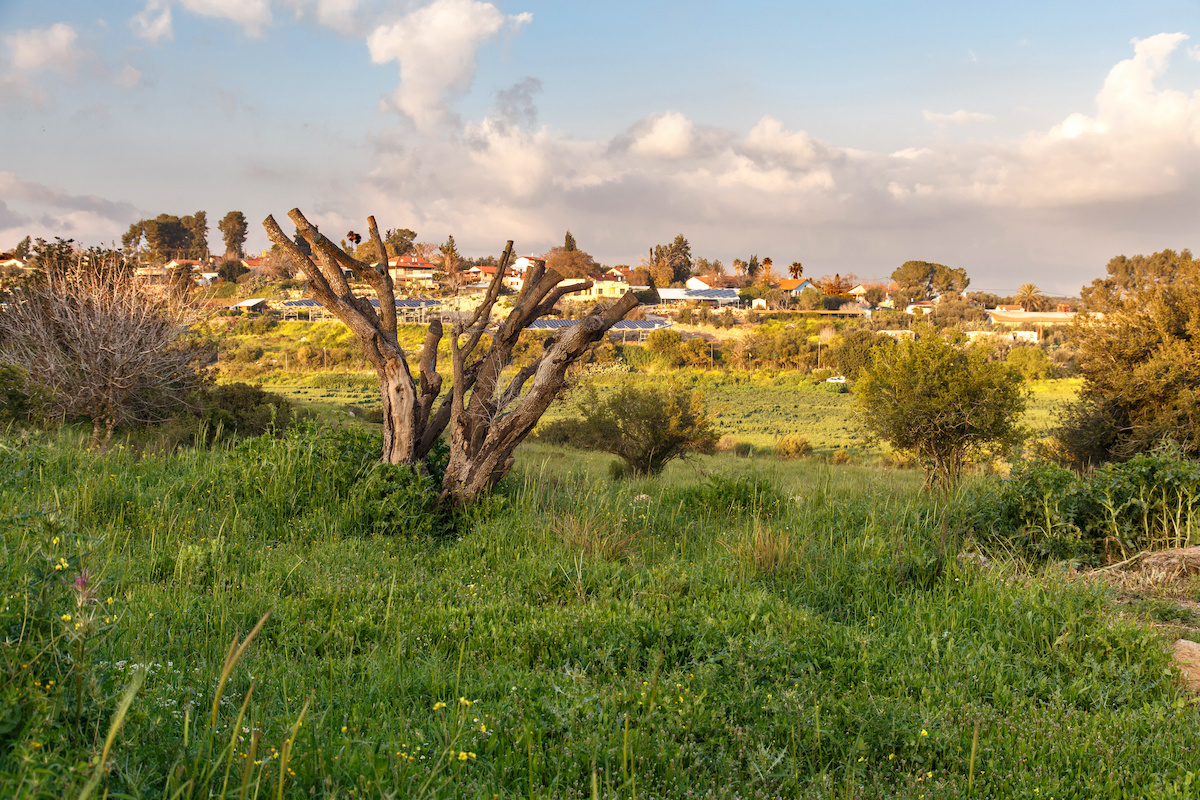
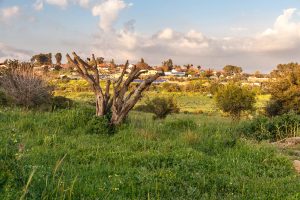
Christian Resources
Biblical Landmarks In Israel
Modified: March 21, 2024
Peter Smith, Editorial Director at Christian.net, combines deep insights into faith, politics, and culture to lead content creation that resonates widely. Awarded for his contributions to religious discourse, he previously headed a major organization for religious communicators, enhancing dialogue on faith's societal impacts.
Explore the sacred and historical biblical landmarks in Israel, from Jerusalem's holy sites to ancient cities, uncovering a journey through faith and history.
(Many of the links in this article redirect to a specific reviewed product. Your purchase of these products through affiliate links helps to generate commission for Christian.net, at no extra cost. Learn more)
Christians cherish Israel because it’s the birthplace of Jesus and the site of his ministry; it’s where the Son of God first revealed himself to the world in human form. For the Jews, the return to the Holy Land offers a means for national survival and empowerment in defiance of atrocities. It’s towards Jerusalem that the pious turn three times each day in prayer. Israel has strong nostalgic and emotional associations and has its rightful place in the hearts of Muslims. As a sacred ground and a destination for all religions, The Holy Land continues to play an essential role in modern international politics.
The events of the Bible revolve around modern-day Israel (and Palestine), many of which have been marked by the creation of religious sites. Nothing can compare to a trip to the Holy Land and other sacred places where the events of the Holy Scripture have materialized. Even if you can’t travel right now, by choice or external factors, finding these places on the map puts events into context so they can be better apprehended. Numerous locations in Israel are infused with religious and historical significance, and you can always sign up for Christian group tours to Israel. Discover the top biblical sites for your next trip.
Bethlehem
According to biblical sources, namely the Gospels of Luke and Matthew, Bethlehem was the site of the Nativity of Christ. Jesus was born in the hill country of Judea some two millennia ago and it’s believed that his birth there fulfills the Old Testament Prophecy of Israel’s future rules arising from Bethlehem. The Church of Nativity is one of the oldest surviving Christian churches, having been in existence for over 14 centuries. It’s located 10 kilometers south of Jerusalem, a site that includes Latin, Green Orthodox, Franciscan, and Armenian convents and churches. The Church of Nativity and the town of Bethlehem developed side by side over the centuries.
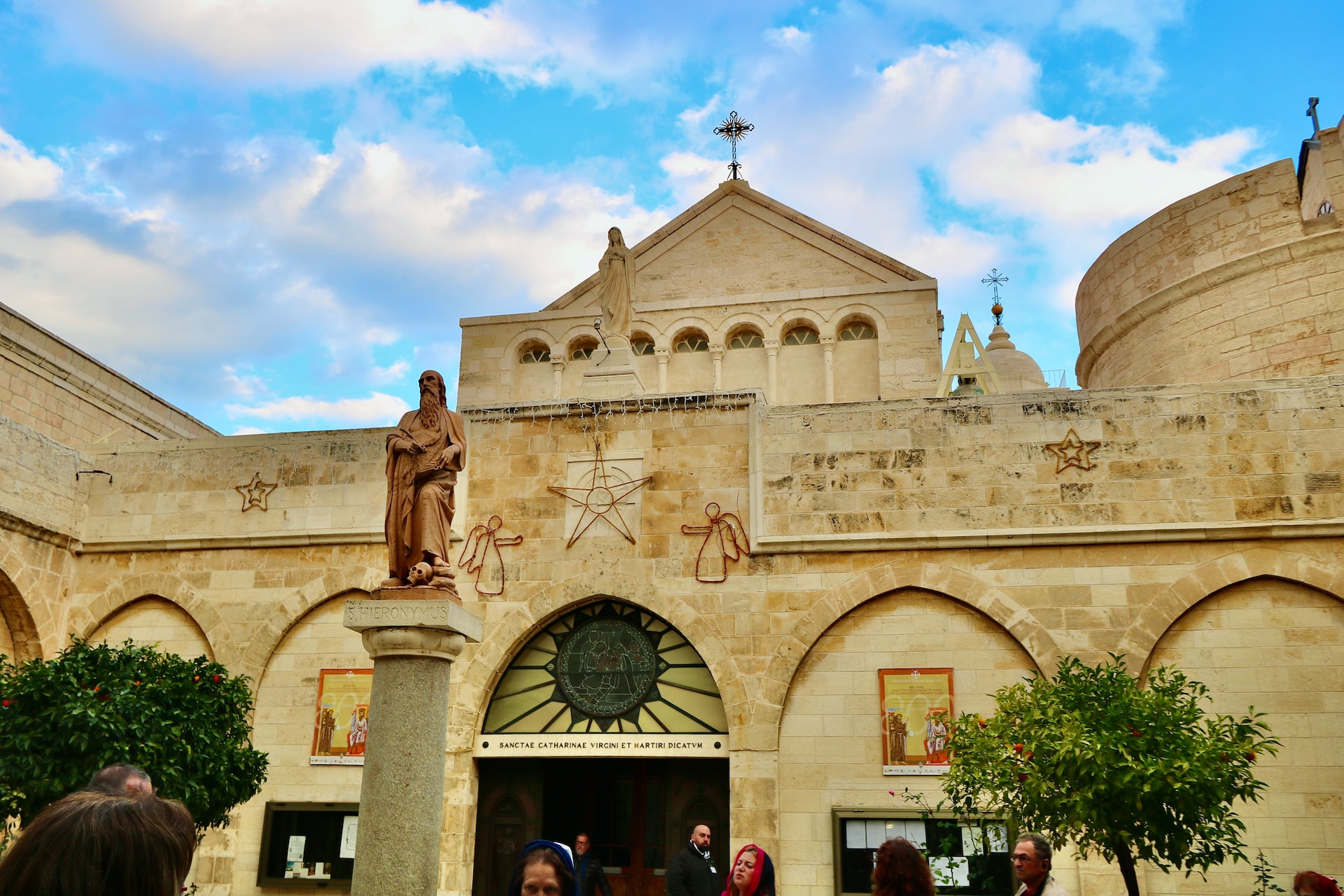
Image from Unsplash
Since Bethlehem offers a very special experience, it’s definitely worth planning in advance. Although Bethlehem isn’t that far away from Jerusalem, it can take an hour to get there on account of vehicle and guide swaps, not to mention border checkpoints. If everything goes as planned, you should be there in half an hour. You’ll get to see the wall that separates Israel and Palestine. Years after it was deemed illegal by a UN court, it continues to divide communities. The Israeli West Bank barrier is covered with hopeful, inspiring, and heartbreaking graffiti ? art has met its most controversial canvas.
The Sea of Galilee
The Sea of Galilee is renowned for its biblical associations. In the Old Testament, it’s referred to as the Sea of Chinnereth, and it later goes by the name of the Lake of Gennesaret. Four of Jesus’s disciples – Andrew, James, John, and Peter – were recruited from the shores of the lake; they all had been working as fishermen, earning a living on the Sea of Galilee. Because of the geological features on both sides of the lake, sudden and severe storms take place on a regular basis. Speaking of which, the Synoptic Gospels recall an episode of Jesus calming down a violent storm, bringing great encouragement and hope.
Capernaum
Along the northern shore of the Sea of Galilee, not far from Bethsaida, the Mount of Beatitudes, and Tabgha, you’ll come across the forsaken fishing village of Capernaum. You can sit on the stone benches in the ancient synagogue where Jesus is rumored to have taught. Capernaum was the core of Jesus’ activities and became known as “His own city,” having performed several miracles. It’s mentioned by name 16 times in the New Testament and even in the writings of Jewish historian Josephus. The Franciscan friars who control the site are happy to answer all your questions; an explanatory sheet is also available at the ticket window.
It’s important to come to Capernaum with an open mind if you’re not a religious or spiritual person. In other words, you must be willing to revise or entertain doubts about your own beliefs, as this is the place where Christ performed most of his miracles. The sacred space welcomes all along life’s path. After leaving Capernaum behind, Jesus headed to Jerusalem, crossing the Jordan and traveling through Perea. Most people in Jerusalem speak Hebrew; even if you can manage to speak English, Arabic, Russian, or Spanish, it will limit your social opportunities. It should be mentioned that the Hebrew in Jerusalem book series is beneficial for anyone learning Hebrew as a second language.
The Western Wall
The Western Wall is by far one of the holiest places in the Jewish religion, the last remnant of the Second Jewish Temple, rebuilt by Herod the Great. It’s a place of pilgrimage and prayer. Israel enlarged the area of prayer at the wall and surrounding plaza. Regrettably, the Western Wall has been a source of controversy, with violence breaking down there over the years; even some Jewish groups have contested the site. According to the Jewish tradition, God himself chose Mount Moriah, on top of which the Western Wall stands, to be the site of the Holy Temple. Make sure to leave a prayer note or wishes; the length can vary from a couple of words to very long requests.
The Valley of Elah
Finally, yet importantly, pay a visit to the Valley of Elah, which stretches southwest of Jerusalem, the setting of the famous biblical battle between David and Goliath. Equipped with a Bible, map, and a little bit of imagination, you can travel back in time to watch the event take place, experiencing the story as if you were actually there. From the summit of the Valley of Elah, there are breathtaking views of the pastoral valley, such as the field of flowers of the brightest hue. By hiking to the top of the hill, you’re caught by the splendor of the caves cut into the rock that was once part of the town’s water system.
